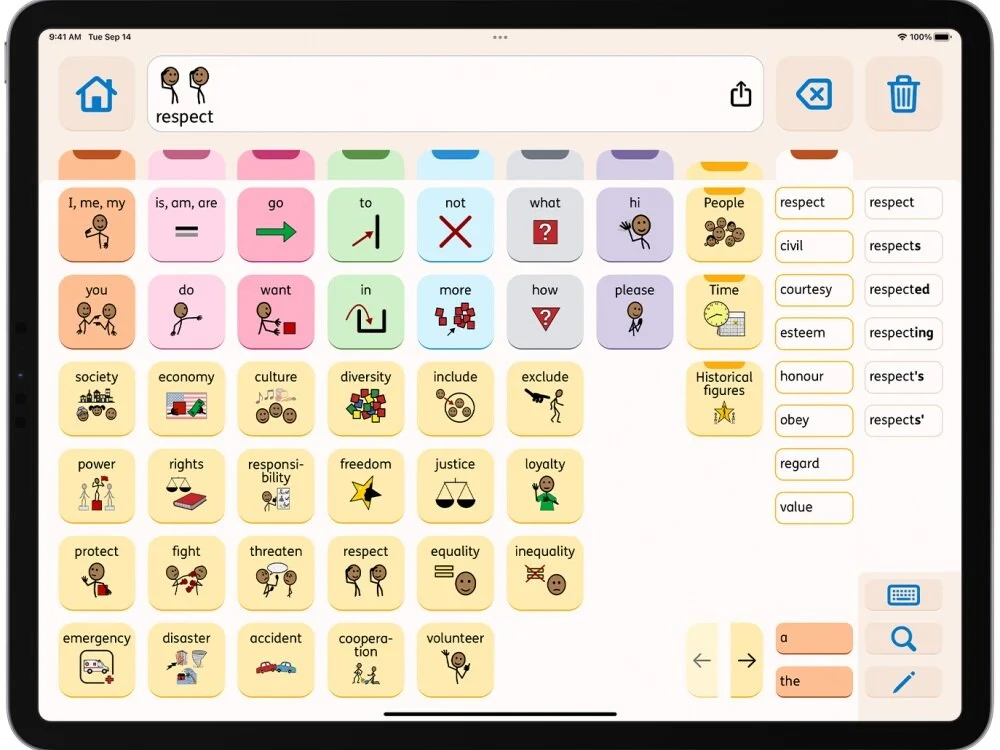What is AAC?
AAC is short for Augmentative and Alternative Communication.
Communication devices, systems, and tools that support or enhance communication for individuals with limited or unreliable verbal speech are known as augmentative and alternative communication (AAC). These tools provide access to language and support authentic self-expression.
What types of AAC can be used?
Symbol boards
Communication books
Keyboards and alphabet charts
Speech-generating devices or communication devices
AAC apps on mobile devices
What are the benefits of AAC?
AAC offers powerful benefits for people of all ages, including children. It helps individuals communicate more effectively, build relationships, and fully participate in daily life. For children, AAC can:
support early language development and learning
foster stronger friendships and deeper social connections
increase autonomy and the ability to make choices
promote confidence and self-advocacy
encourage greater participation in family routines, play, and school activities
enhance safety across settings like schools, home, and medical environments
improve emotional well-being and reduce frustration
lay a foundation for future opportunities, including education, employment, and community involvement
AAC helps ensure every child has a voice and that their voice is heard.
Where can I learn more?







